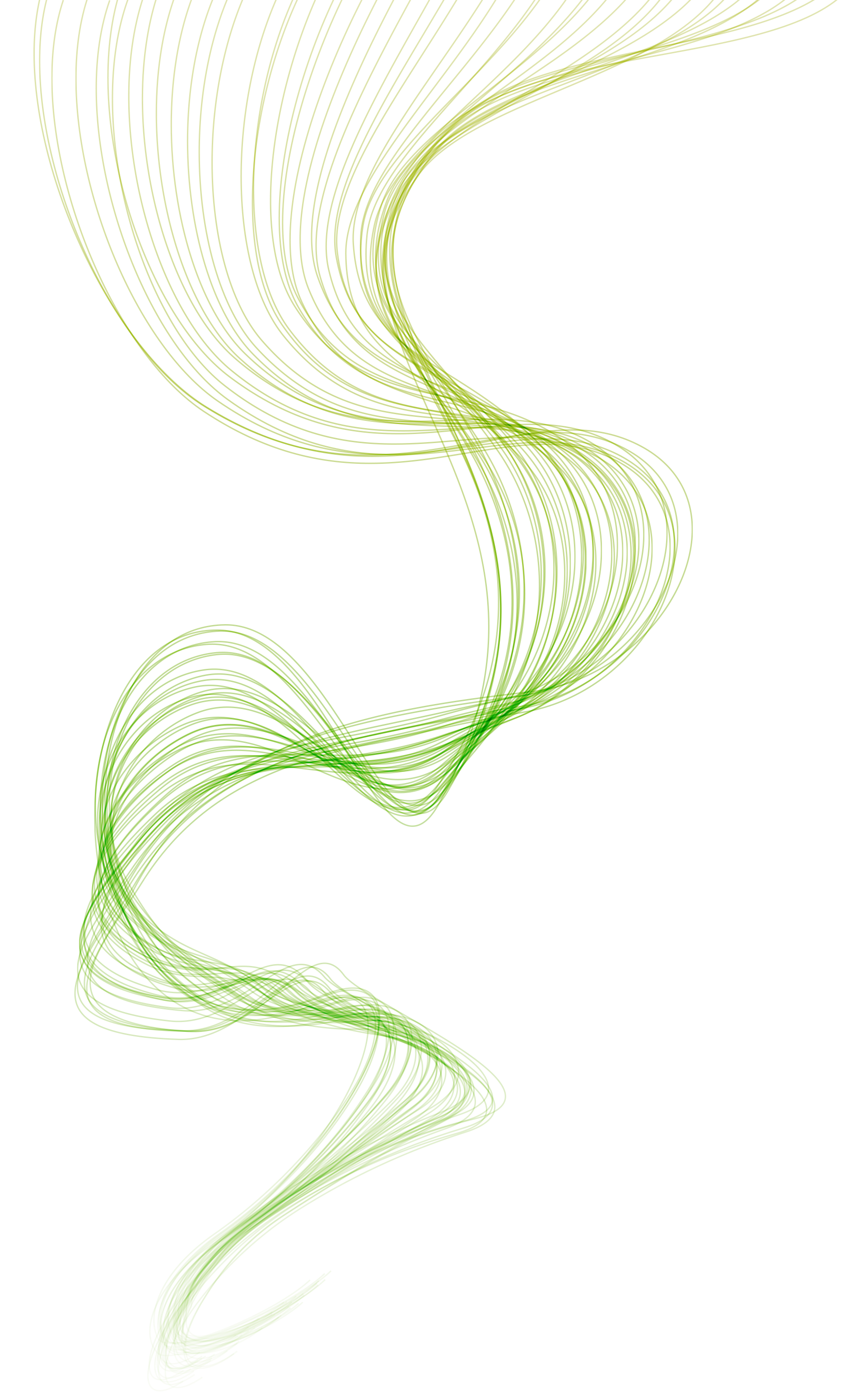Transcatheter aortic valve implantation (TAVI) is typically planned with contrast-enhanced computed tomography, allowing the suitability of cardiovascular anatomy to be determined. But in cases of patients with severely reduced renal function, there may be a contraindication to this intravenous method.
Could cardiac magnetic resonance (CMR) provide a viable non-contrast alternative to cardiac CT for the planning of TAVI?
Building on previous research into non-contrast 3D CMR imaging for aortic valve annulus sizing in TAVI, a team from the Department of Cardiology at John Radcliffe Hospital in Oxford, UK, has presented the unusual case of a patient with kidney failure who had an urgent need for aortic stenosis treatment. As the renal function of the patient was severely impaired, there was a contraindication to intravenous contrast medium. In this study, the researchers developed and implemented a non-contrast CMR protocol to assess the anatomy and help plan the TAVI procedure.
Why is an alternative for TAVI planning needed?
Non-invasive imaging is favored for planning TAVI, which is considered a mainstream therapy for severe, symptomatic aortic stenosis. The vast majority of the time, CT is the technique used for the verification of vascular access adequacy and aortic anatomy suitability, the prediction of optimal fluoroscopic angles, and the sizing of valve prostheses. But while CT offers superb spatial imaging of the heart and vascular system, TAVI CT involves contrast medium administration. In patients with severely impaired renal function, this carries a risk of nephropathy.
Patient background
This study presents the case of an 89-year-old gentleman who had been referred for consideration of aortic valve intervention for severe aortic stenosis and preserved left ventricular systolic function (peak gradient 67 mmHg, aortic valve area 0.6 cm2). He had a background of transitional cell carcinoma of the left ureter with a ureteric stent in situ, as well as stage 5 chronic kidney disease with a baseline estimated glomerular filtration rate (eGFR) of 14 mL/min/1.73 m2.
Coronary angiography four years previously had demonstrated moderate to severe atheroma affecting the proximal left anterior descending artery, the mid-circumflex artery, and the mid-posterior descending coronary artery. The patient had been assessed for hemodialysis via a radiocephalic arteriovenous fistula, which had not been created. In the months before the admission, exercise tolerance had declined, with dyspnoea upon walking ∼100 m. Clinical signs included a slow rising pulse, a grade 3/6 ejection systolic murmur, and a diminished second heart sound.
Risk of pre-procedural contrast medium for CT imaging
On discussion, a multidisciplinary heart team decided that operative risk was prohibitive and that the likely diagnosis was critical aortic stenosis, with aortic stenosis the first priority treatment. Balloon aortic valvuloplasty was contraindicated due to aortic regurgitation. TAVI was offered at substantial procedural risk, quoted at a 20-30% risk of mortality.
After discussing the risks and benefits, the patient chose to go ahead with the procedure. It was felt that pre-procedural contrast medium administration for CT imaging also presented a substantial risk. This was because of the strong possibility of precipitating hemodialysis leading to hemodynamic shifts that are poorly tolerated due to critical aortic stenosis.
CMR imaging for TAVI planning
CMR was performed using a Siemens 1.5 T MR system with twin 32-channel surface coils covering the aorta and femoral arteries. Axial imaging covering the entire aorta was performed using steady-state free precession (SSFP) single-shot imaging. Cine imaging of the left ventricular outflow tract was used to derive precise annular diameters for valve sizing. The left coronary artery arose 11 mm above the aortic valve plane, and the right coronary artery 9 mm above. Non-contrast angiography of the thoracic aorta using respiratory and electrocardiogram (EKG) gating was used to predict fluoroscopic and measure aortic dimensions. Cine imaging using a radial acquisition clarified aortic valve anatomy, with right and left cusp fusion with severe aortic stenosis by direct planimetry and flow assessment.
Femoral arterial anatomy was assessed using a 3Dvtime-of-flight sequence with higher spatial resolution. Image contrast was weighted according to phase-contrast from blood motion, demonstrating a 9.6 mm right femoral artery suitable for primary access, with a stenosis of the left femoral artery which was selected for secondary access. The total imaging time was 30 mins, and image analysis was performed using cvi42 from Circle CVI.
TAVI procedure and post-procedural course
After an imaging review, a procedural plan was decided on using the right femoral artery to deliver a 25 mm Lotus Edge valve. Ultrasound-guided micropuncture was used to gain access to both femoral arteries, enabling the placing of a temporary transvenous pacing wire. A pigtail catheter was placed in the non-coronary sinus to verify the working view predicted by CMR. The predicted projection was assessed to ensure visible leaflet calcification was in-plane before a Safari wire was advanced into the left ventricle. Valvuloplasty was performed and a right-sided dual-chamber pacemaker was placed to address the ongoing AV block.
The patient made an uncomplicated post-procedure recovery, and after treatment of aortic stenosis, renal function improved, negating the need for dialysis. The patient remained free of angina or dyspnoea symptoms at four months of review.
CMR is a viable alternative to CT for TAVI planning
This case demonstrated that when contrast-enhanced CT is contraindicated for TAVI planning, CMR can offer a viable alternative, creating vascular contrast with blood motion.
The study was successful in devising “a non-contrast CMR protocol covering the entire aorta, with high-resolution imaging of the femoral arteries, and aortic valve assessment”, avoiding intravenous contrast entirely.
Researchers were satisfied that the study “illustrates that CMR and non-contrast interventional techniques can enable contrast-free TAVI” and that “cardiovascular magnetic resonance appears to be a viable alternative to CT for structural aortic valve intervention, in cases where intravenous contrast is not clinically desirable”.
It was noted that further trials could “evaluate and formalize” what the study termed as an “off-label application of CMR”.
For more information about CT & CMR's Role in TAVI, we suggest reading our article ‘The Role Of CMR & Cardiac CT In TAVR’.
Sources:
https://www.sciencedirect.com/science/article/pii/S1936878X14010444
https://academic.oup.com/ehjcr/article/5/12/ytab378/6377333#323009785
